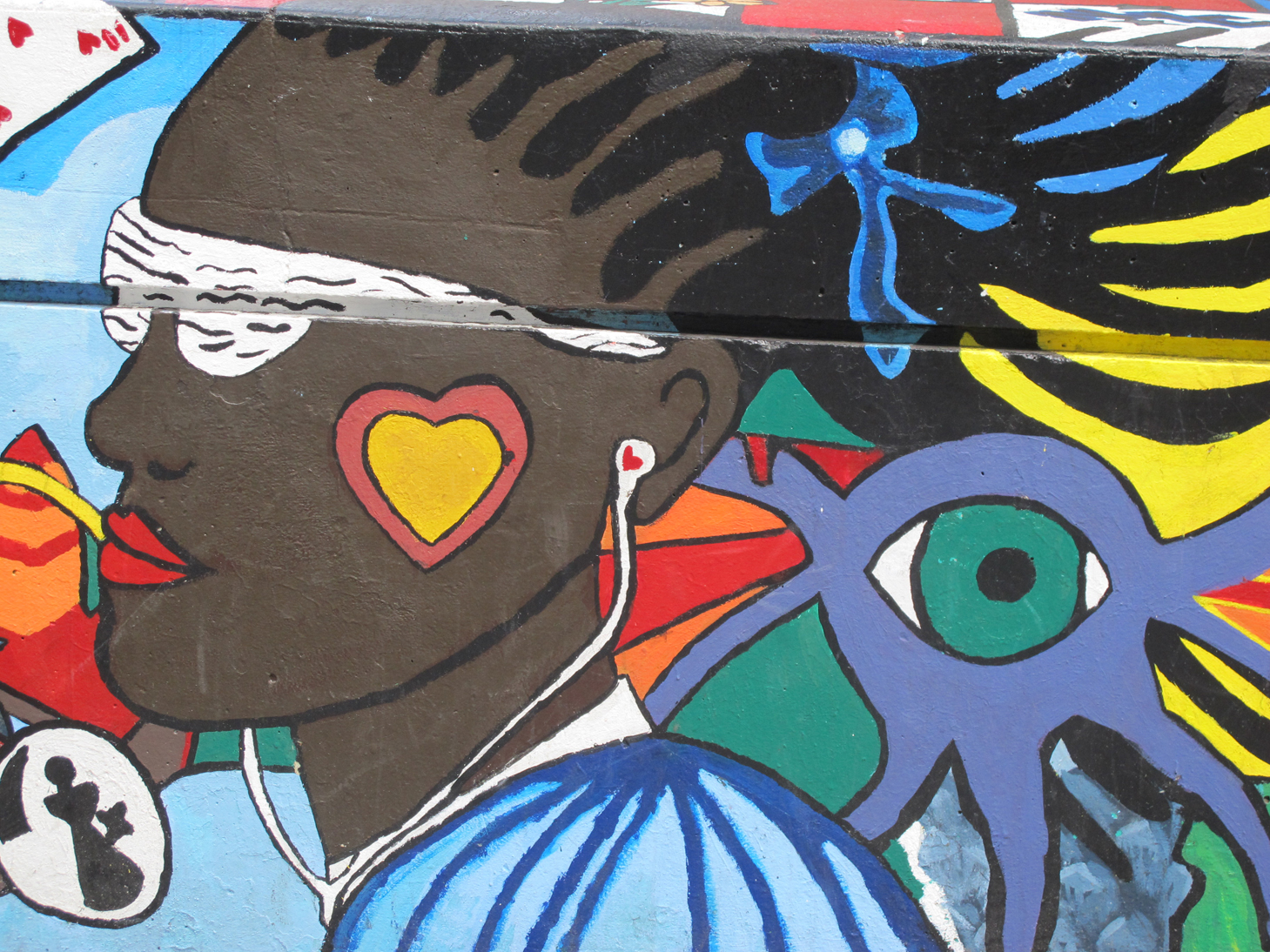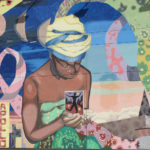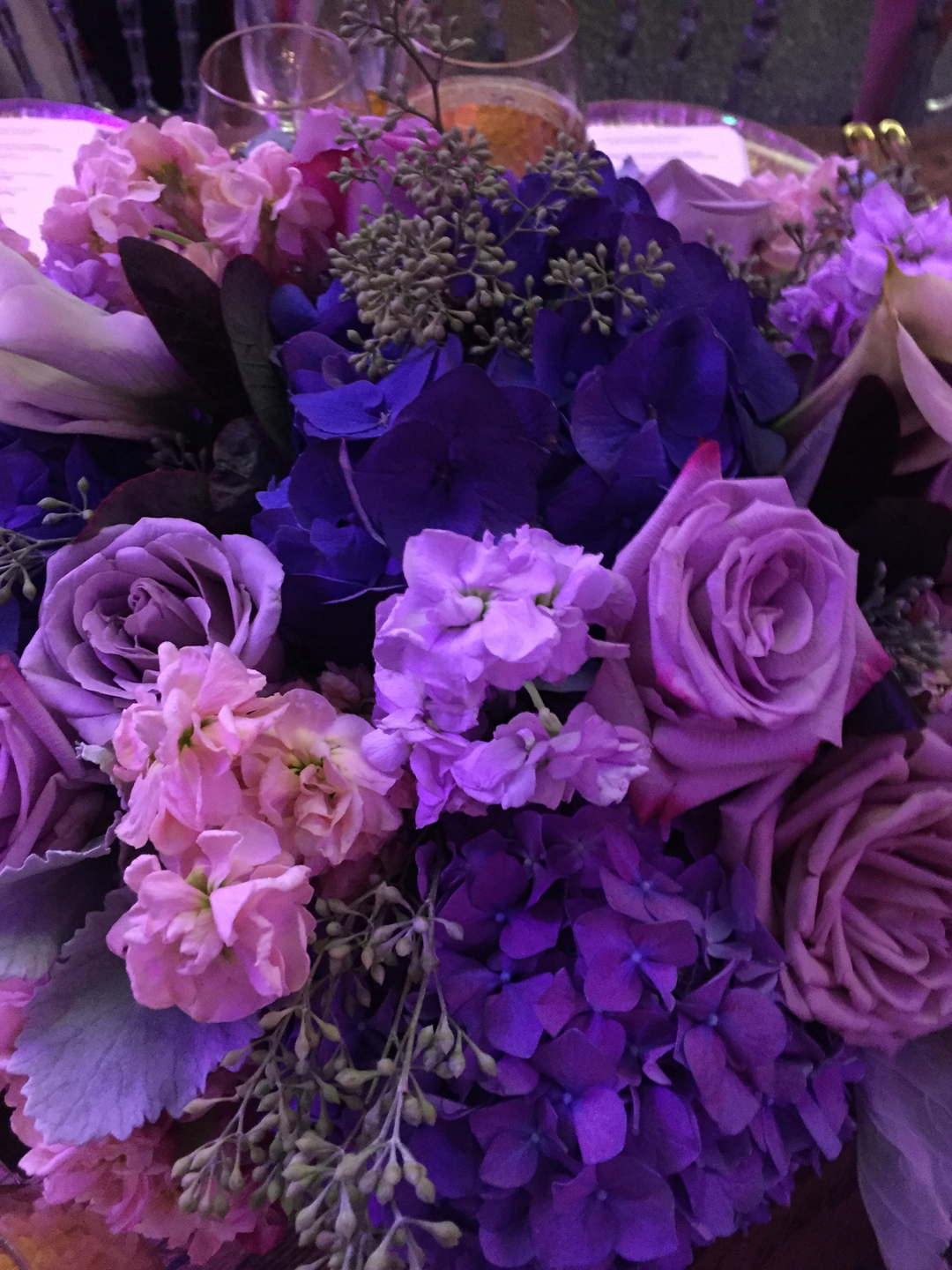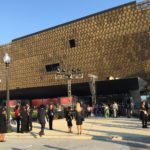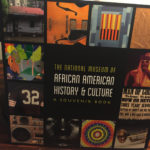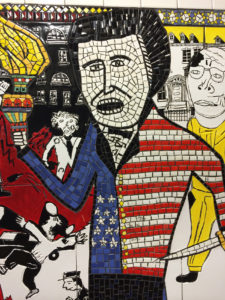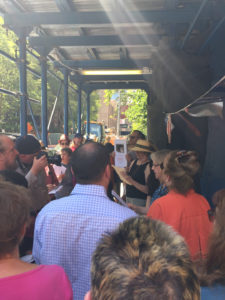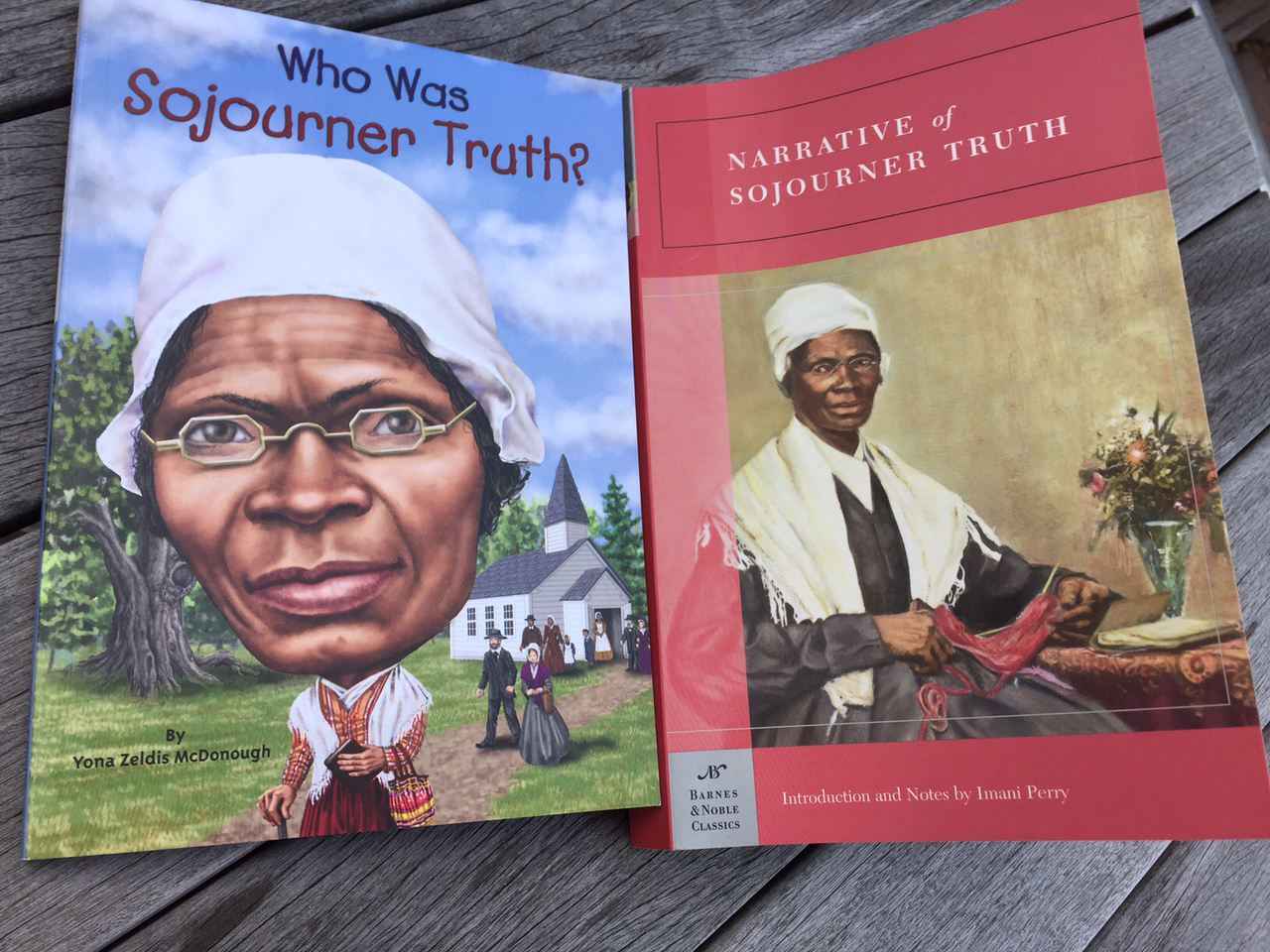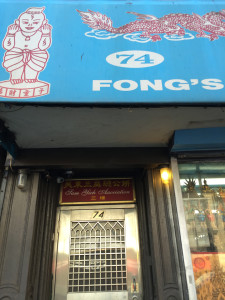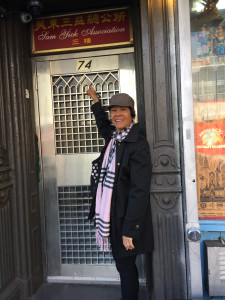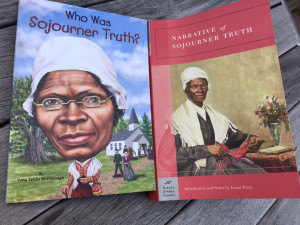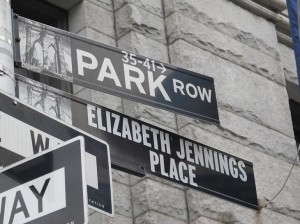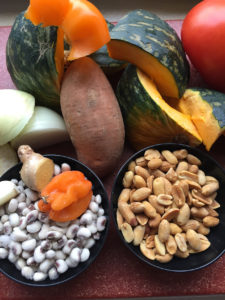
For Black History Month this year, I focused on Diaspora Afro-vegan cooking. Since adopting a plant-based diet, I was happy to discover that vegan versions of my favorite West African dishes – Groundnut Stew and Suya— can be delicious and satisfying. These are quick and easy recipes perfect for lunch or dinner. Everything you will need is probably there in your pantry. African staples such as rice, yams, pumpkin, black eye peas, peppers, peanut butter, and ginger are probably in your kitchen too.
Background: Groundnut is a common African word for peanut. Groundnut stew or groundnut chop is one of many chop dishes in West Africa. For instance, there is also palm oil chop, made with palm nuts. While it’s still February and cool outside, this creamy, peppery, nutty veggie stew will surely warm you up!
Suya is a poplar West African shish kebab treat sold by street vendors in many African countries. Traditionally, beef or goat strips are seasoned with spicy, peppery seasonings, threaded on skewers and grilled outdoors. Street vendor chefs in Nigeria, Ghana, and Cameroons create their own unique Suya spice mix. The specific peppers, oil, and the way peanuts are prepared is based on regional traditions and techniques.
These basic Diaspora Afro-Vegan recipes are packed with flavor, moderate heat, and have lots of soul. Enjoy!
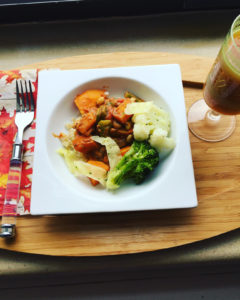
Diaspora Afro-Vegan Groundnut Stew
(Serves 4-6, prep-10 min.; cook-25 min. Total-35 min.)
Ingredients
2 yams (medium), peeled, cubed
1 Kabocha pumpkin/squash-peeled, cubed
3 small carrots-peeled, chopped
1 large onion, chopped
1 bell pepper, chopped
4 garlic cloves, minced
1 ½ tablespoon, ginger, fresh, peeled, minced
½ cup of grape tomatoes
1 can diced fire-roasted tomatoes, 28 ounce
1-cup vegetable broth
1 Scotch Bonnet or Habanero pepper, kept whole.
1-cup black eye peas (frozen)
½ cup peanuts, roasted, unsalted
5-tablespoons peanut butter, creamy, unsweetened
1-teaspoon cumin powder
½ teaspoon cayenne pepper or red pepper flakes
½ teaspoon paprika
Sea salt, pinch
2 tablespoons canola oil
(Note: Almonds and almond butter can be substituted for peanuts and peanut butter.)
Preparation
Sauté onion, garlic, ginger, bell pepper in oil for 7 minutes. Add cumin, cayenne, paprika, mix and cook, 1 minute. Add yam, pumpkin, black eye peas, mix and cook 1 minute. Add broth, tomatoes, peanut butter, and peanuts, mix all ingredients together, cover, and bring to boil. Add whole Scotch Bonnet or Habanero pepper, and cover halfway. Reduce to simmer for 25 minutes. You may substitute other vegetables and beans. For instance, I use this same recipe to cook Caribbean vegetables such as calabaza (Jamaican pumpkin), yautia, batata and pinto beans. Some cooks add collards or other greens. Adjust sauce thickness with extra broth and nut butter. Stir to desired creaminess. Serve in a bowl with brown rice-quinoa blend, other vegetable side dishes.

Diaspora Suya Spice Mix
Ingredients (serves 4-6, prep 5-10 min.)
1 cup peanuts, roast, unsalted
1-tablespoon coriander seeds
1-tablespoon cumin seeds
1-teaspoon whole Allspice berries (also called pimenta)
1-teaspoon chili red pepper flakes
1-teaspoon cayenne pepper
1-tablespoon ground ginger
1-teaspoon paprika
Sea salt, pinch
Preparation: Toss whole seed spices into small skillet, heat on medium until you smell fragrance, about 1-min. Remove from heat. Let cool for a minute. Pour spices into a paper towel, fold to contain all items, pound into a powder with a mug. Bam, bam bam, done! A coffee grinder is very effective too. I separate the nuts from spices. Buzz small batches for 10 seconds. Done. A pestle and mortar is the best way to grind these ingredients. This method takes about 10 minutes. After grinding the nuts, add to ground spice powder. Store mix in glass jar. Total time- 5-10 minutes.

Suya Spiced Veggies
Ingredients (Serves 4-6, cook time-approx. 30 min.)
Peel and cut 2 parsnips, 1 yam, 2 large carrots, ½ pumpkin; 10 Brussels sprouts cut in half; 1 bell peppers, 1 onion. Cut all into bite-sized pieces; 3 tablespoons Canola oil.
Preparation: Place bite-sized veggie pieces into large bowl, drizzle oil, hand mix. Add 1-2 tablespoons of Suya spice mix to veggies, mix about 2 minutes. Cover cookie sheet with parchment paper. Place seasoned veggies on baking sheet. Roast in pre-heated 350 degrees oven, 30 minutes. You may use any vegetables you like. For kebabs, parboil chunky, starchy veggies. Soak bamboo skewers in water before using. Grill kebabs 30 minutes on hot grill. Serve with rice or as a main course winter salad.
For more Afro-vegan recipes check chef Bryant Terry recipes, click here.
For a Ghanaian vegan Suya kebab recipe, click here.
For Nigerian vegan recipes, click here.
What Afro-vegan dishes do you make?

